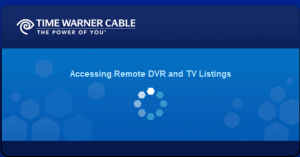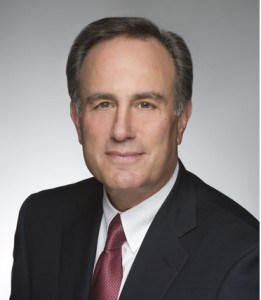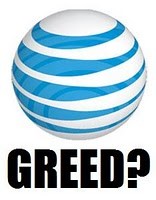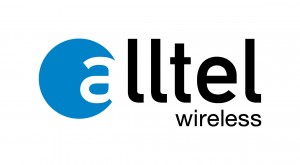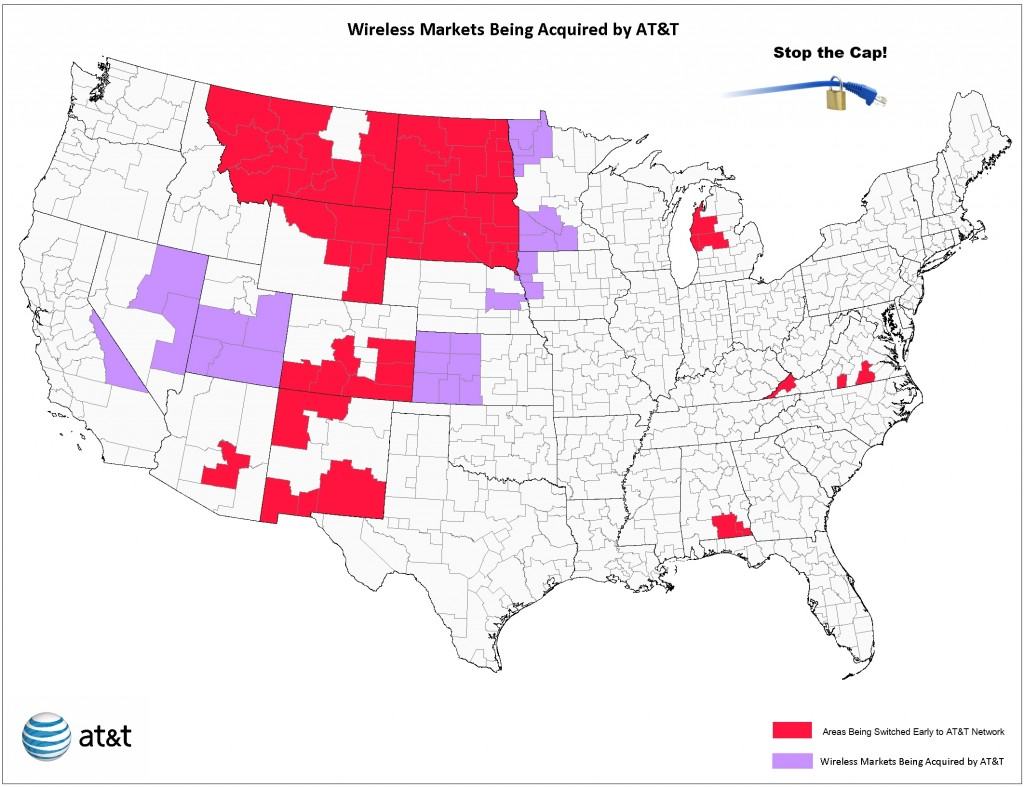Programmers trying to play hardball over fees paid by cable, satellite, and phone company providers occasionally get the ball thrown back at them, which is precisely what happened Friday when Scripps-Howard found their popular networks thrown off of AT&T’s U-verse, even though the companies had agreed on financial terms.
At issue — AT&T wants to distribute programming it pays for over new mediums, ranging from video on demand, online viewing, and even wireless watching through smartphone applications. If programmers want more money, AT&T argues, they’d better also be willing to deal on how that programming gets watched.
When Scripps’ officials demurred Friday morning, AT&T simply pulled the plug on Food TV, HGTV, the Cooking Channel, as well as lesser-watched Great American Country and DIY Networks.
Scripps’ officials hurried out a statement:
“Let me start by saying this impasse is not about money,” said John Lansing, president of Scripps Networks. “We reached an agreement in principle with AT&T U-verse on the distribution fees we would receive for these networks well in advance of last month’s contract deadline.”
“AT&T U-verse demanded unreasonably broad video rights for emerging media where business models have not even been established,” Lansing said. “Accepting their demands would have restrained our ability to deliver our content to our viewers in new and innovative ways.”
Food Network President Brooke Johnson threw a HissyFit, claiming AT&T yanked the channels while the two sides were still at the negotiating table.
As Friday wore on, both sides defended their respective positions. Scripps’ saw AT&T’s actions as nothing short of a Pearl Harbor sneak attack. AT&T claimed Scripps was pulling a flim-flam — trying to stick the phone company with an inferior deal that restricted how they can use the basic cable networks, all at prices higher than their cable competitors were paying.
But when Lansing claimed the dispute was not about money, reality was also yanked from the lineup. When a cable company or programmer tells you it is not about the money, it is all about the money.
Johnson told the Chicago Tribune AT&T was trying to negotiate for broad usage rights of their programming for services that don’t even exist yet.
“They are asking for broad, unlimited distribution on non-linear platforms that go well beyond emerging media technologies. It’s anticipatory and it’s without a business model,” Johnson said.
Such agreements could end up haunting Scripps if a new money-making distribution scheme evolves that AT&T can use -and- get to keep all of the profits.
Cable companies might also be unhappy if AT&T won concessions they themselves don’t have.
Re-purposing video content into on-demand or portable viewing could evolve into a multi-million dollar business, especially if consumers begin deserting cable TV packages that include dozens of unwatched channels. Cable cord-cutters could end up watching Food TV shows online, and who benefits financially from that is ultimately the issue here.
A weekend without the networks on U-verse was apparently enough for both sides, who pounded out an agreement announced yesterday evening, restoring the networks.
It was all-smiles for both sides:
Brian Shay, senior vice president of AT&T U-verse, said, “It was important to us on behalf of our customers to come to a positive resolution as quickly as possible. We appreciate everyone’s willingness to make that happen, working diligently over the weekend, so the situation wasn’t prolonged, and we thank our customers for their support and patience while we reached a fair deal.”
From Scripps:
“AT&T U-verse customers, we have been overwhelmed by your loyalty and support of HGTV and our other networks – DIY, Food Network, Cooking Channel and GAC. Your voice has been heard and we are very close to getting our networks back on AT&T U-verse. We hope to have more good news for you soon.”
Terms of the new agreement were not disclosed, but you can be certain it includes a higher price tag for the bouquet of Scripps’ networks that will eventually appear on future AT&T U-verse bills. But at least the cable networks avoided the fate of the Hallmark Channel, kicked off U-verse Sept. 1st and is still off as of today.
[flv width=”512″ height=”308″]http://www.phillipdampier.com/video/WDAF Kansas City Cable Customers Lose Channels 11-8-10.flv[/flv]
WDAF-TV in Kansas City covers the weekend loss of Food TV and other cable networks on AT&T U-verse over another programming fee dispute. (2 minutes)


 Subscribe
Subscribe

